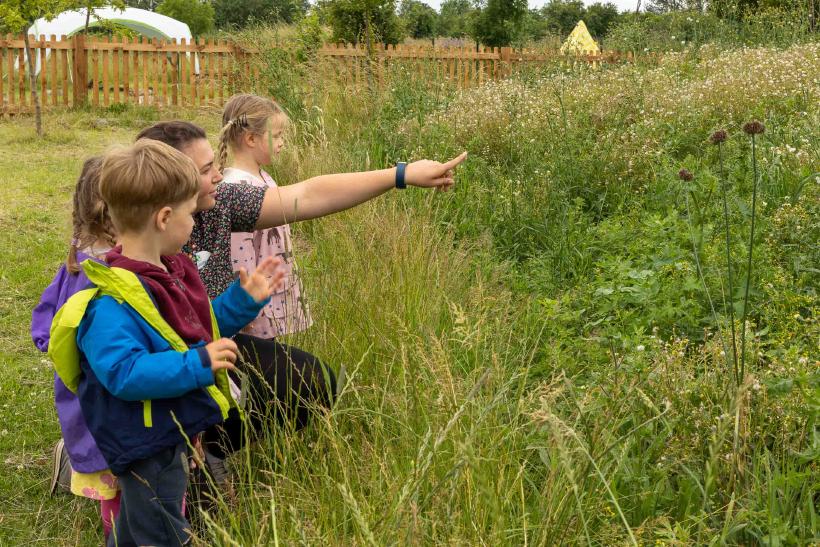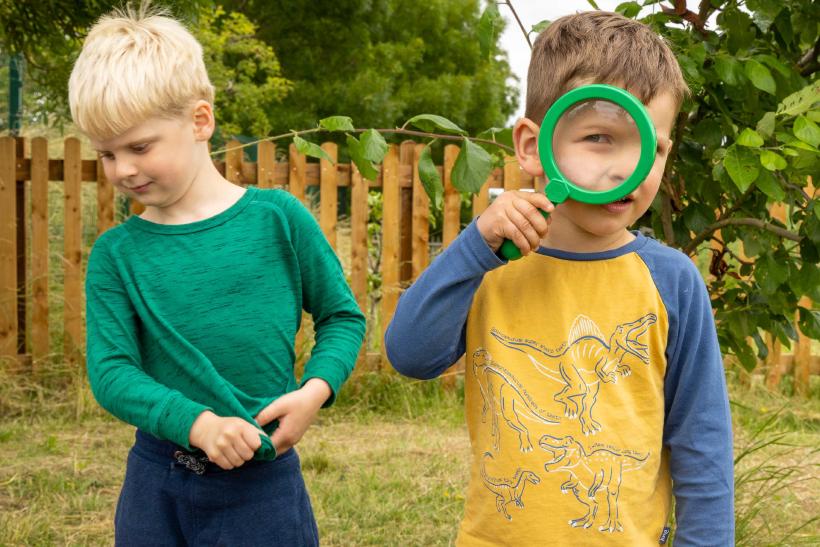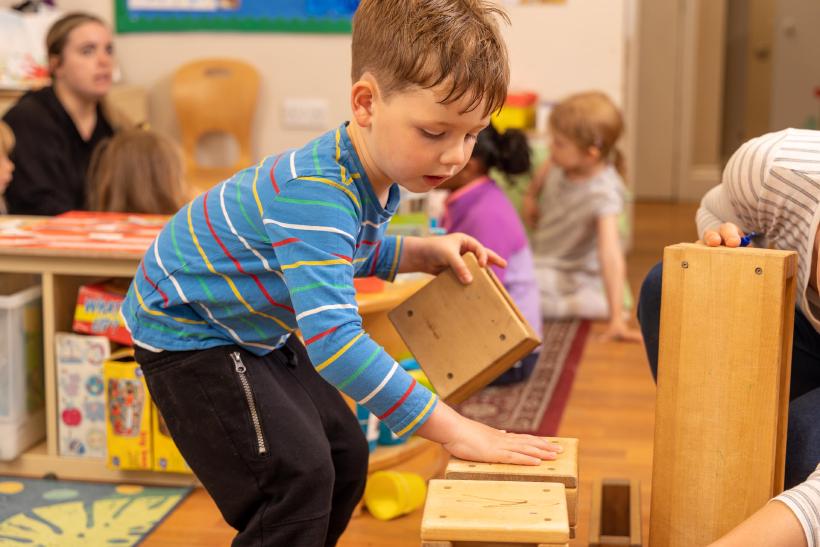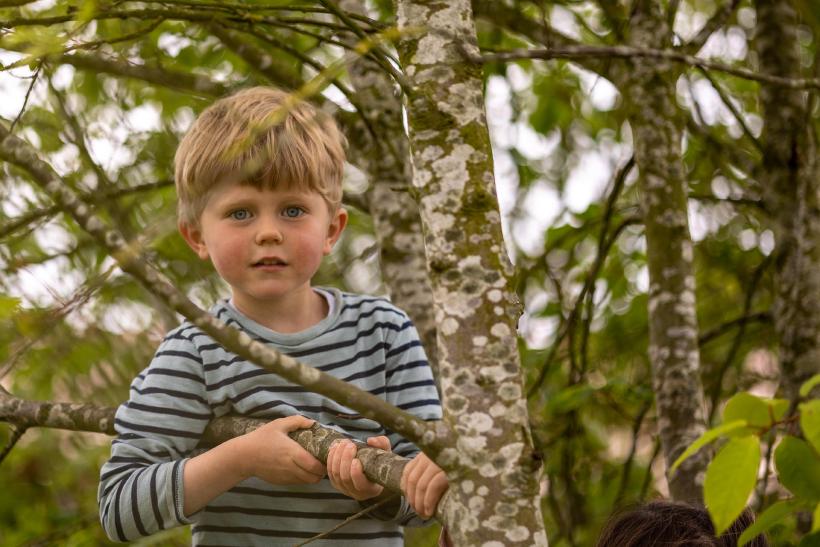As a setting we are often asked how we support children with undesired or tricky behaviours. Although this question is quite complex, as ultimately every child is unique and so are their needs. There are some strategies that are open ended and are embedded in our practice here at Beach Babies and therefore a great place to start.
1) Giving children a choice
We want to empower our children and give them a voice (both verbally and non-verbally), by doing this we are showing them that feelings and opinions matter. We understand that children can’t always have a choice but there are lots of times they can, whilst still having the same outcome that you as a care giver desires. An example of this is, if you’re going out the house and you would like your child to put their coat on, say to them ‘You can put your coat on in the living room or in the hallway’ ultimately, they are leaving the house with their coat on, but they have had a choice over how that process has happened. As the children develop and understand choices you can give them more open-ended options where possible.
2) First and Next
Within the setting we are fortunate to have an embedded routine. By doing this the children know exactly what is happening at each part of the day. We understand that each day at home will look very different but if you are able to share with your child throughout the day what is happening first and next, they will know what to expect. Within the setting we use a ‘Routine Board’ with visual pictures, if you are finding a certain time of the day at home particularly challenging, do let us know and we can help you to create a picture routine board for home.

The Beach Babies family (2023)
3) Transitions
Children can often find transitions hard, especially if they are leaving something they really enjoy. Here in the setting, we use visual cues to support the children with moving from one activity to another. Such as, giving them a sand timer so they can see how long they have left with an activity and start with a statement of what you can see. ‘I can see you are really enjoying using the swing’ then add in what is happening next ‘We need to go home in ….. minutes’ then supported by the visual cue you can say ‘When the sand timer has finished, we will go home’. Although the child may still want to stay at the activity, they are currently engrossed in they understand what is happening next and are given some time to process this change is going to happen.
4) Describing emotions as they happen
All people feel different emotions, but unless you have a word to describe how you are feeling, how can you tell somebody? Often children’s emotions are seen through their non-verbal communication. We want to support the children in having the words to describe their feelings- this process takes time, but whilst they are learning we can model the words for them. An example of this in practice: ‘I can hear you are shouting and crying’, ‘I think you are angry’. Next you can add in why (if you know why) ‘Mummy has gone to work’, then try to add a way to support the child with their feelings – such as, ‘Shall sit together and read a story whilst you are feeling a little bit angry. There are lots of stories you can use to talk about emotions. One of our favourites here at Beach Babies is ‘The Colour Monster’ which labels feelings and emotions with different colours.
5) Empowering positive behaviours
It is easy to focus on the parts of the day that haven’t gone so well but there will always be some parts of the day that have been positive, celebrate these successes, no matter how small they might be. Sometimes it might be a task such as collecting an item, getting themselves ready, or even being independent. At other times it might be an action such as, using gentle hands. Again, give words to describe this action, for example ‘—- that was really kind of you to bring me my shoes’. By highlighting positive behaviours, you are reinforcing that these are the ones that you like to see.
6) Consistency
Try to have consistency between all care givers, this could be as simple as agreeing on the same couple of key phrases to use when the undesired behaviour occurs. You will know your child best and the level of language that they can use or understand but we would suggest using a very short simple sentence to begin with and then increase the level of complexity where appropriate, typically you should use sentences which are one word longer than the child can use. It also takes time for them to process information so ensure you are leaving time for this.
We really enjoy supporting our Beach Babies families and are happy to meet with any of you to discuss particular areas of behaviour. Do drop us an email or speak to one of the members of the team at handover if you would like to arrange a chat.
















